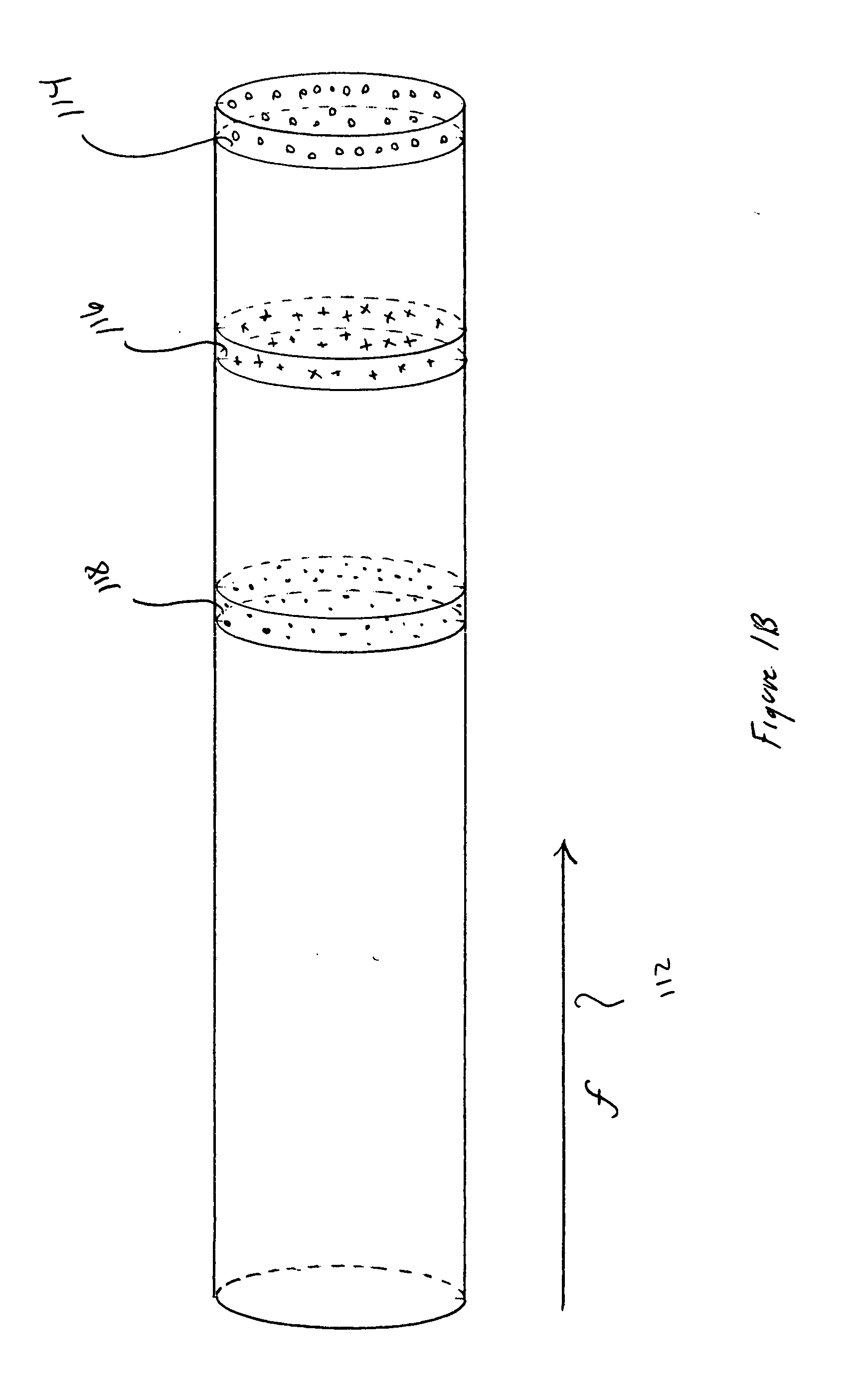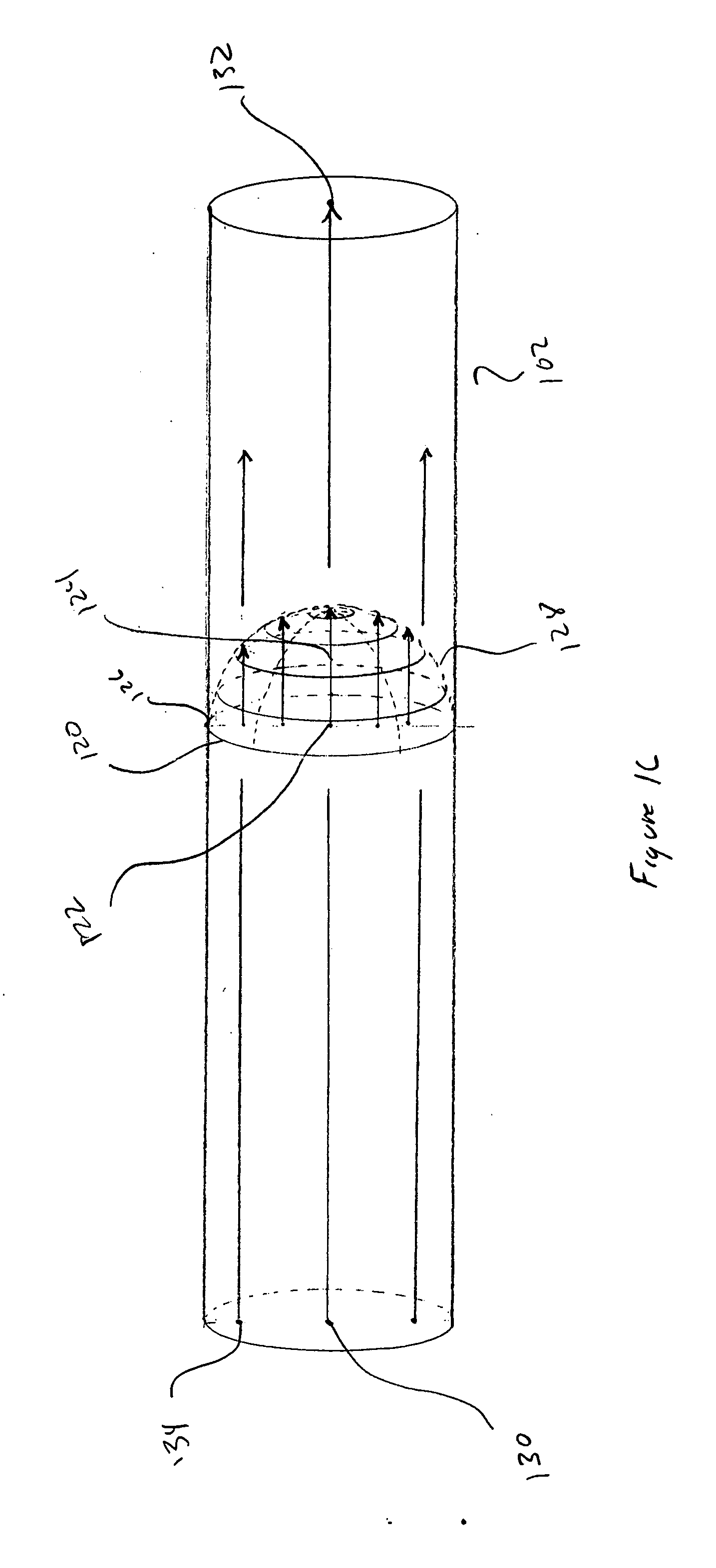Method and system for electrokinetic, preparative sample separation in high-surface-area separation channels with non-convex cross sections
a high-surface area separation channel and electrokinetic technology, applied in the direction of pipes, chemical/physical processes, after-treatment of biomass, etc., can solve the problems of protein unfolding often practically irreversible, significant influence on the resolution and overall separability of proteins within sample solutions, and dispersion of hplc separation, etc., to achieve efficient and well-resolved molecular separation, reduce bulk-solution flow, and increase heat dissipation
- Summary
- Abstract
- Description
- Claims
- Application Information
AI Technical Summary
Benefits of technology
Problems solved by technology
Method used
Image
Examples
Embodiment Construction
[0018] Embodiments of the present invention employ complexly shaped separation channels, including microchannels within microfabricated devices as well as macroscale channels in traditional sample separation and purification equipment, in order to more efficiently and effectively carry out molecular separations and purifications. The complexly shaped channels of the present invention are described, below, following a general discussion of problems associated with the currently employed rectangular and cylindrical separation channels.
[0019] FIGS. 1A-E illustrate ideal, channel-based molecular separation and purification and problems associated with separation and purification. FIG. 1A shows a hypothetical, ideal separation channel having a convex cross-section. The separation channel 102 is a thin-walled cylindrical tube, generally made of glass or fused quartz, containing a buffered aqueous solution and, depending on the separation technique, additionally containing an immobile sta...
PUM
| Property | Measurement | Unit |
|---|---|---|
| concentrations | aaaaa | aaaaa |
| length | aaaaa | aaaaa |
| electrical potential | aaaaa | aaaaa |
Abstract
Description
Claims
Application Information
 Login to View More
Login to View More - R&D
- Intellectual Property
- Life Sciences
- Materials
- Tech Scout
- Unparalleled Data Quality
- Higher Quality Content
- 60% Fewer Hallucinations
Browse by: Latest US Patents, China's latest patents, Technical Efficacy Thesaurus, Application Domain, Technology Topic, Popular Technical Reports.
© 2025 PatSnap. All rights reserved.Legal|Privacy policy|Modern Slavery Act Transparency Statement|Sitemap|About US| Contact US: help@patsnap.com



